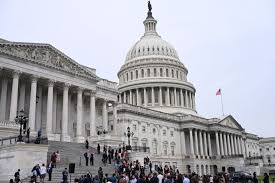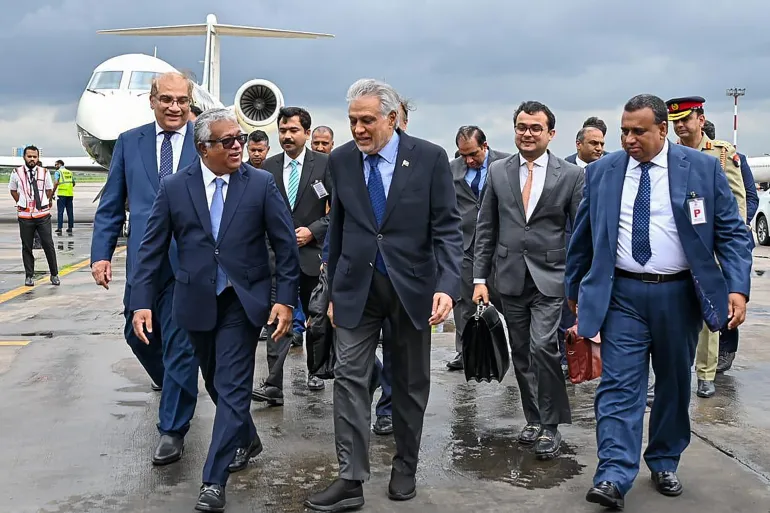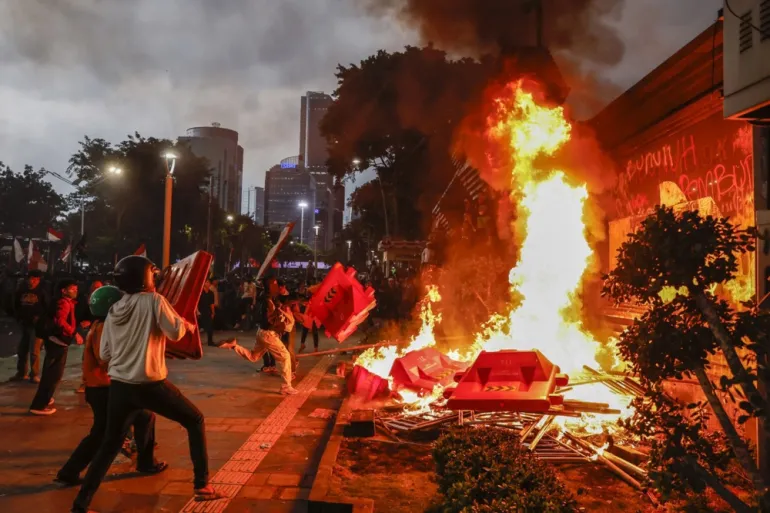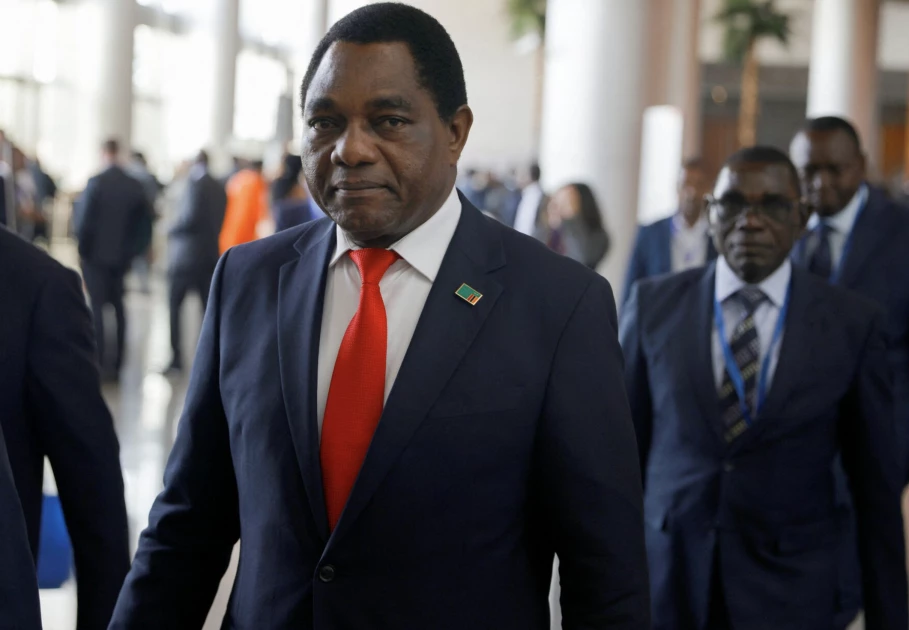The United States government has partially shut down after lawmakers in Congress failed to agree on a temporary spending bill before the midnight deadline.
Funding officially expired at 12:01 a.m. EDT (04:01 GMT) on Wednesday, forcing federal agencies to suspend many services.
The shutdown came after weeks of heated debate between Republicans and Democrats in the Senate. Each side rejected the other’s short-term funding proposals:
Republicans wanted a “clean” stopgap bill to keep the government running until November without adding major new spending.
Democrats insisted the deal should include more funding for healthcare, such as extended subsidies under the Affordable Care Act (Obamacare), and a reversal of cuts in Trump’s “One Big Beautiful Bill Act.”
Two rival bills were put to a vote on Tuesday night. Both failed to get the required 60 votes.
President Donald Trump suggested he could use the shutdown to cut federal jobs permanently, going beyond past shutdowns where workers received back pay once government reopened.
“We can do things during the shutdown that are irreversible,” Trump said, adding that many of the cuts would target “programs Democrats like.”
Former White House ethics lawyer Richard Painter criticized Trump’s remarks, calling them “strong-arm tactics.” He warned that many of the mass layoffs Trump hinted at would not be legally authorized.
Non-essential services: Halted, including loan approvals, economic reports, and some agency operations.
Essential workers: Military, law enforcement, and air traffic controllers will keep working but without pay until the shutdown ends.
Social programs: Benefits such as Social Security and food assistance will continue.
This marks the first government shutdown since 2018, and the 15th since 1980. The longest shutdown in US history lasted 34 days (December 2018–January 2019), also under Trump.
Democrats accused Republicans of “plunging the country into chaos” to block healthcare reforms.
Republicans countered that Democrats were holding the government “hostage” to push their policy agenda.
On social media, the White House labeled it the “Democrat Shutdown,” while Democratic leaders Chuck Schumer and Hakeem Jeffries called it the “Republican shutdown.”
The standoff leaves hundreds of thousands of federal workers in limbo, while uncertainty grows over how long the shutdown could last.



